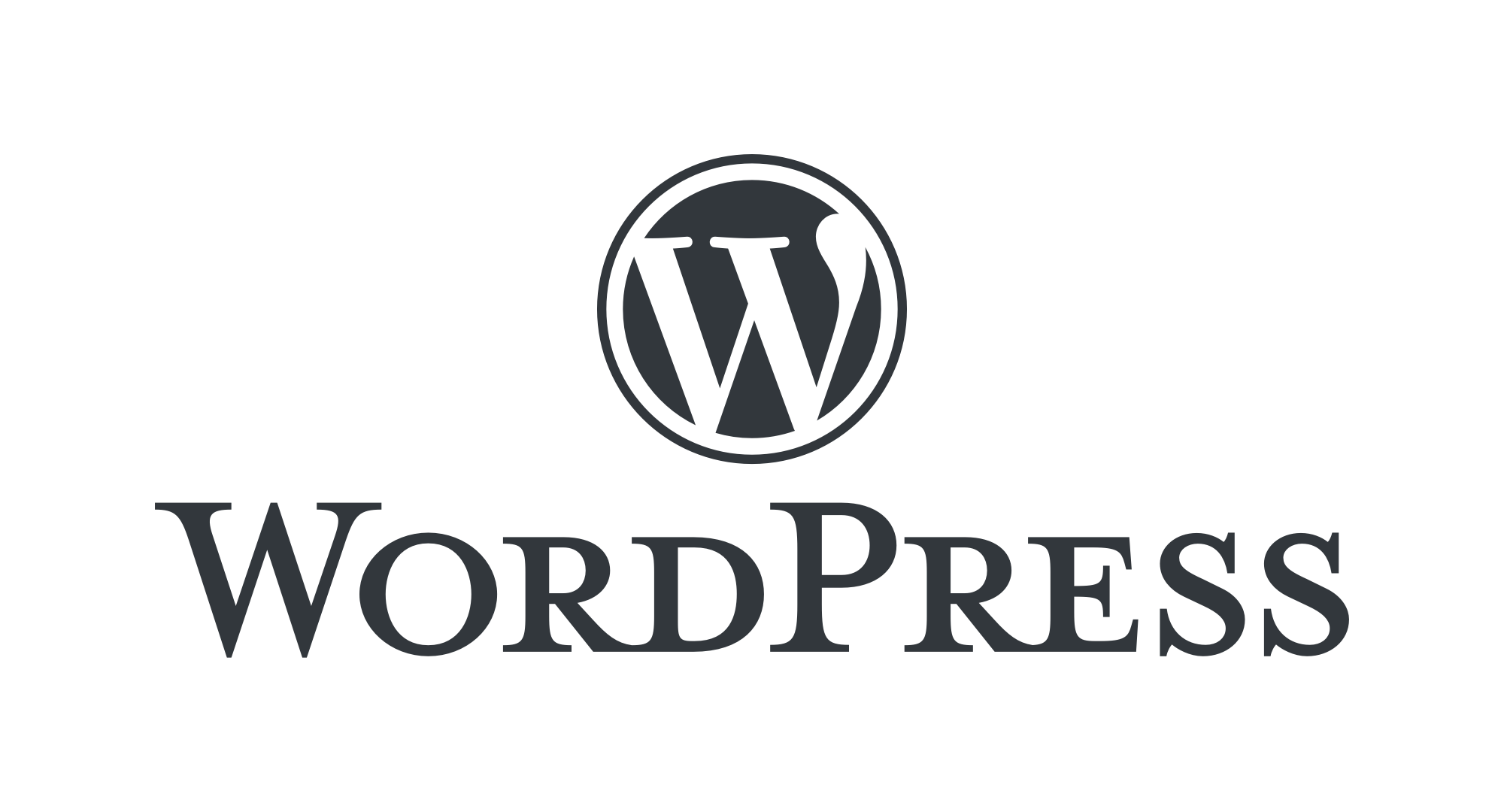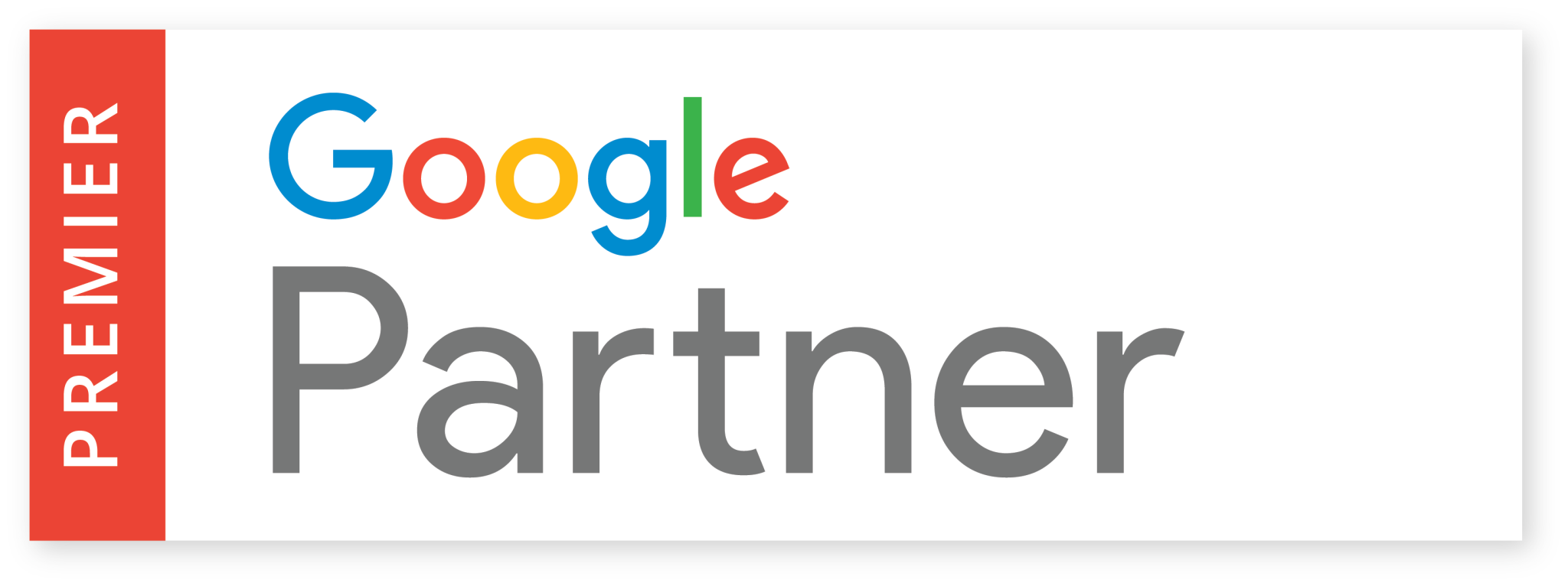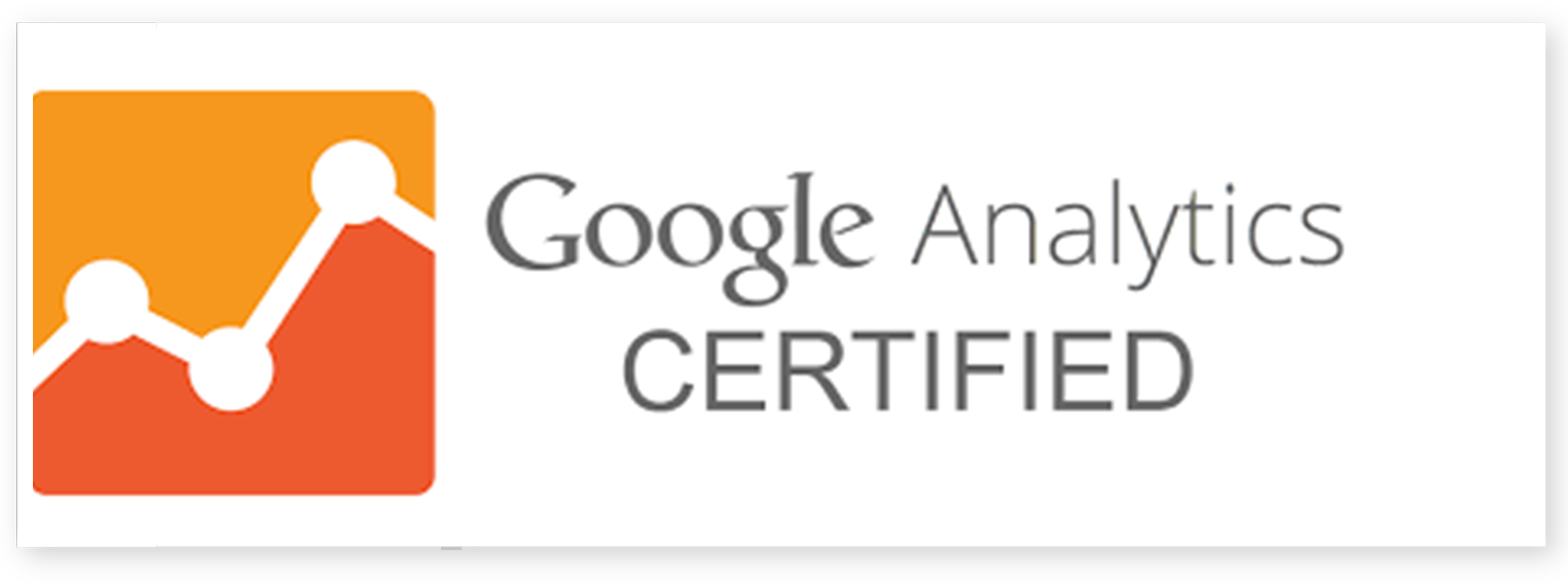Amidst all the ambiguity and uncertainty that has been going on with the Coronavirus pandemic, one of the major questions we have been asked by clients is whether or not to continue digital ad spend or to pause instead. When it comes to campaigns on AdWords, Facebook or Instagram Ads, the decision to spend or pause comes down to identifying opportunities.
As we’ve helped our clients in an array of industries navigate these uncertain times, we’ve seen many of their competitors act quickly to pause their spending. This happened almost all at once, like a mass knee jerk reaction when the news of COVID-19, grounded flights and the effect on the global markets hit headlines.
While the initial panic was not unfounded, we continued to monitor trends and quickly saw that what this did was effectively clear the playing field for anyone savvy enough to keep their digital ads going through the crisis. The unique circumstances created a perfect combination of opportunities for advertisers.
Higher Social Media Usage
With more users at home socially distancing, social media usage shot up. Forbes reported that a study of 25,000 consumers across 30 markets revealed a social media engagement increase of 61% over normal usage rates; Facebook, Instagram and WhatsApp messaging increased 50% in countries hit hardest by the virus and a 15-20% increase in posts from 18 million users.
Cost-Per-Click During the Pandemic
Meanwhile, because of the mass panic that caused companies to pull back on ads, demand for ppc ads went down, thus driving the cost-per-click down. An increase in social media usage paired with a decrease in cost-per-click has been the perfect recipe for the opportunity for many agile marketing campaigns and for many of our own clients. Cost-per-conversions have also gone down, giving those still choosing to invest in digital advertising better results and more bang for their buck.
Opportunities for E-Commerce
One major sector that can take advantage of this is e-commerce. With more consumers stuck at home and not willing or able to purchase goods in person, online sales have come center stage. Brick and mortars took a hit but companies who have online sales funnels now have a major advantage. We’ve seen an increase in ROI for companies that have doubled down on their digital ad spend for online sales.
Some e-commerce trends and stats that have been compiled by industry experts are:
- Beauty products have seen a 64.57% surge in sales since March
- A 66.51% month over month increase in toy and game shipments
- Fitness product sales have increased due to the stay-at-home mandates – 112.23% month over month
Since payroll protection was issued, we’ve seen a sharp uptick in business to business activity with many companies ready to get back on the horse and jump start their new campaigns. E-commerce has also seen a jump in sales now that stimulus checks have been disbursed.
Adjustments in Ad Content and Messaging
We’ve seen an adjustment in messaging and visual ad content from forward-thinking companies. In many cases, Q1 and Q2 may have been planned ahead of time with traditionally seasonal agendas, but we’ve advised our clients to take the circumstances into account, helping them pivot quickly by formulating new content and messaging that reflects the current state of affairs. Some of the most relevant ad content being used now across social, display and other platforms includes themes that keep audiences informed on how companies are implementing new safety measures. Messaging regarding new operating hours, closures, charitable initiatives as well as imagery of products that serve more at-home usage are what’s currently connecting and producing the most ROI for businesses investing in digital ad spend. For example, apparel companies have taken the approach of switching their regularly scheduled streetwear ad images featuring models wearing clothes meant to go out and changing them to more loungey, at-home looks and scenery instead to match the current buying climate.
Who should pause ad buy:
If your business model has been completely disrupted by social distancing, we believe this trend will continue. In this case we would suggest pausing all non-profitable media buys until the business has been re-engineered for the current environment. Unfortunately this applies to many service based businesses. We have helped numerous clients take the necessary steps to adjust in the current environment by focusing on home front assets and optimizing their business for COVID-19.
Who should continue to spend on ads:
For the majority of our other clients, our observation has been that while these are unprecedented and precarious times, taking advantage of low competition in the digital ad space could position a business for a strong bounceback if spending continues on the right platforms.
It’s important to first assess your business situation to identify any opportunities in the current market, revisit your strategies and make campaign configurations accordingly. Once you’ve identified the campaign configurations that get you the best results, you’ll be able to build on this and make campaign expansions. This way your business will be able to scale the winning strategy for the long haul. Our approach has been to continually refine campaigns over time, helping our long term clients get better and better results the longer we run their campaigns.
If there are areas in a businesses’ digital campaigns where spend should be tightened to increase ROI during these times, we have found that any budgets that are freed up often make the biggest impact when invested in onsite adjustments.
Conclusion
At the end of the day, whether a business should spend or pause depends on their business model and industry. In many instances, there’s plenty to take advantage of given the low competition in the ad buy space. But if a business, such as many of those in the service industry, finds its entire business model completely upended by social distancing, it is necessary to take a step back, pause all non-profitable spending and focus on new approaches. We have been doing just this for our clients, applying a careful, case-by-case analysis and implementing the right optimization strategies to see our clients through these uncertain times.









